The Tomb Raider franchise is one of the most well-known in gaming, and Lara Croft is one of the most iconic female characters in the medium. The explorer has stylishly shot and back-flipped her way through demons, gods, and dinosaurs. Here is every Tomb Raider game in order of release.
Tomb Raider (1996)
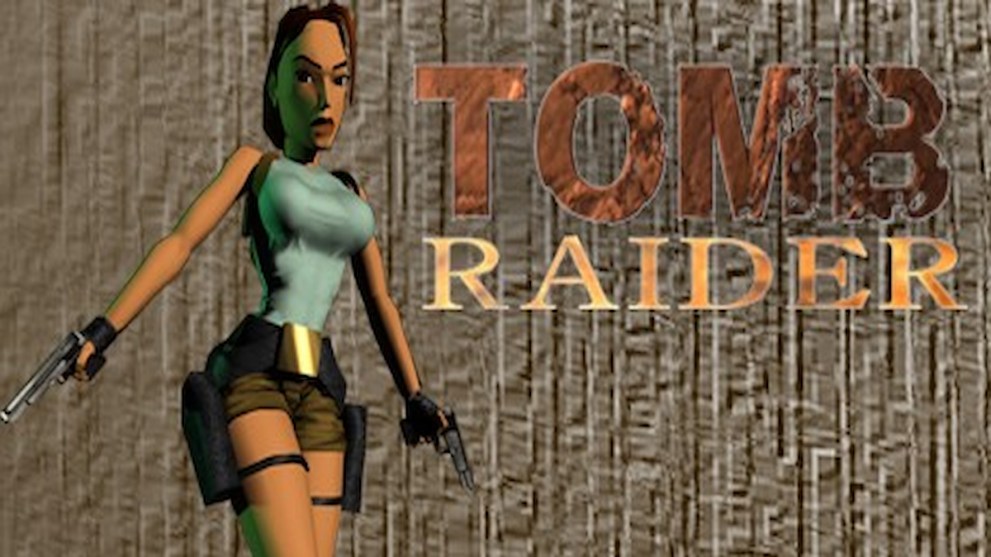
The first Tomb Raider game was released in 1996. Starring adventurer Lara Croft, the game sees her hired to find the Scion of Atlantis. An ancient artifact capable of creating an army of monsters. The game was developed by English studio Core Design and published by Eidos Interactive for the original PlayStation, PC, and the Sega Saturn.
Tomb Raider II (1997)
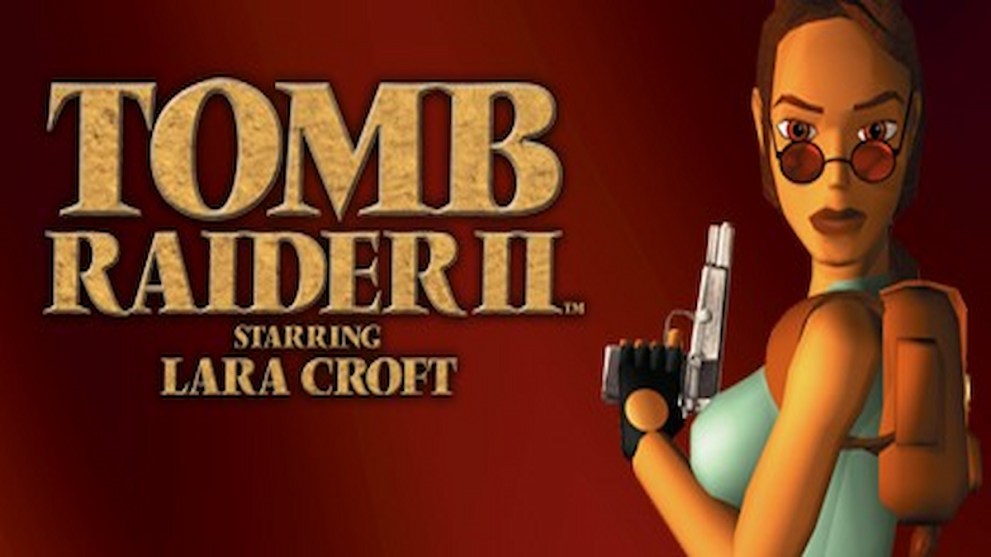
Lara returned a year later in a sequel that saw her on the hunt for the mystical Dagger of Xian. A powerful weapon once belonging to the fittingly named Dragon Emperor, the blade could transform its wielder into a dragon if they stab themselves in the heart with it. The short development time of Tomb Raider II led to series creator Toby Gard leaving Core Design during development. Despite this, Tomb Raider II was a huge success, released on the PlayStation and PC to critical and commercial acclaim.
Tomb Raider III (1998)
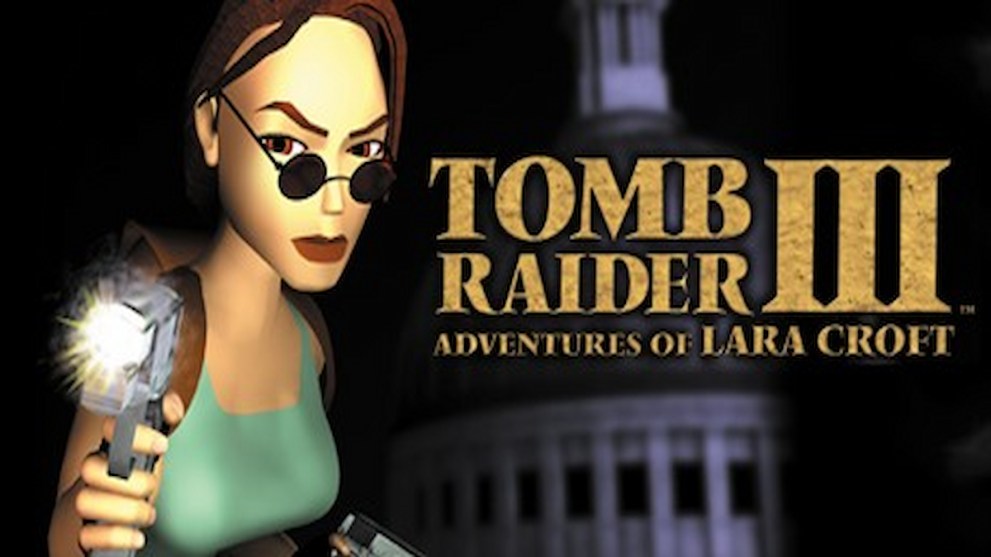
The Tomb Raider franchise released annual titles well before Call of Duty‘s yearly bombardment. In 1998, Tomb Raider III adopted a new game engine, but still released on the PlayStation and PC. A bona fide video game icon at this point, Lara’s third adventure sees her traveling the globe to recover a set of powerful stones carved from a meteorite.
Tomb Raider: The Last Revelation (1999)
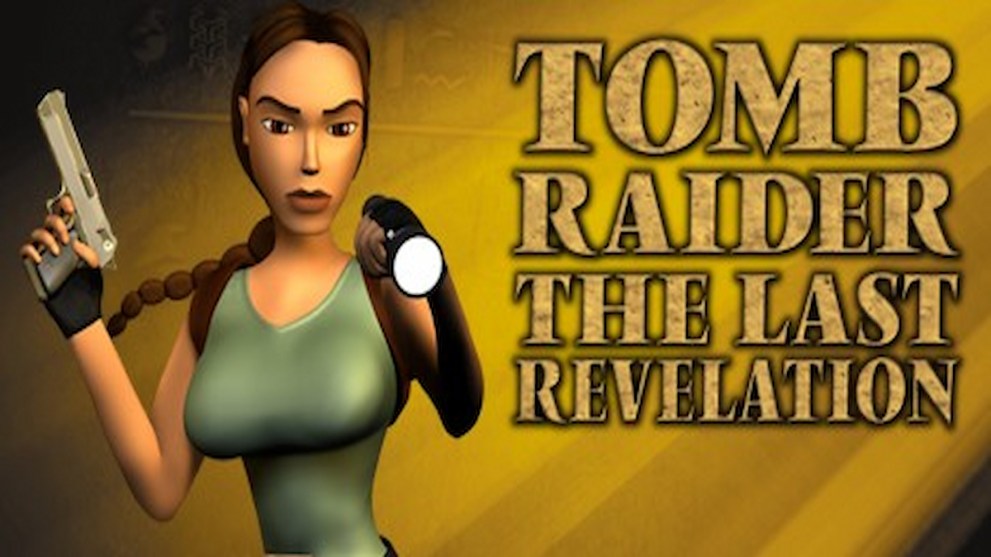
Dropping the number for the fourth entry in the series, Tomb Raider: The Last Revelation sees Lara going up against a literal Egyptian god as she battles the armies of Set. Due to burnout from constantly working on the yearly franchise, the developers at Core Design intended to end the game with Lara’s death. However, her fate was left ambiguous instead.
Tomb Raider (2000)
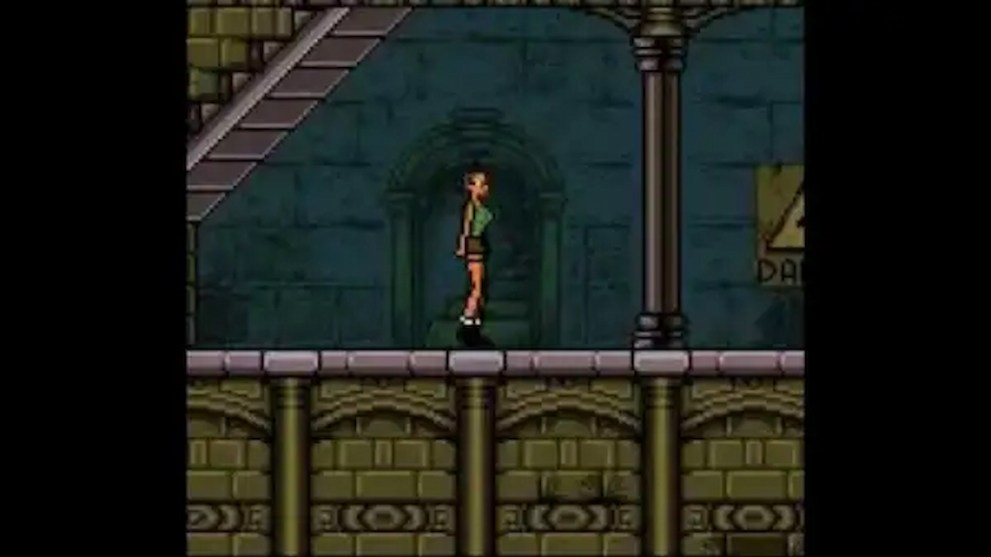
Lara Croft’s first hand-held adventure was for the Gameboy Color in 2000. Simply titled Tomb Raider, it was developed by Core Design but published by THQ. As such, it was the first game that didn’t feature Eidos Interactive’s input. In the plot, Lara is tasked with stopping a group of treasure hunters from freeing an evil god called Quaxet through the use of the Nightmare Stone.
Tomb Raider: Chronicles (2000)
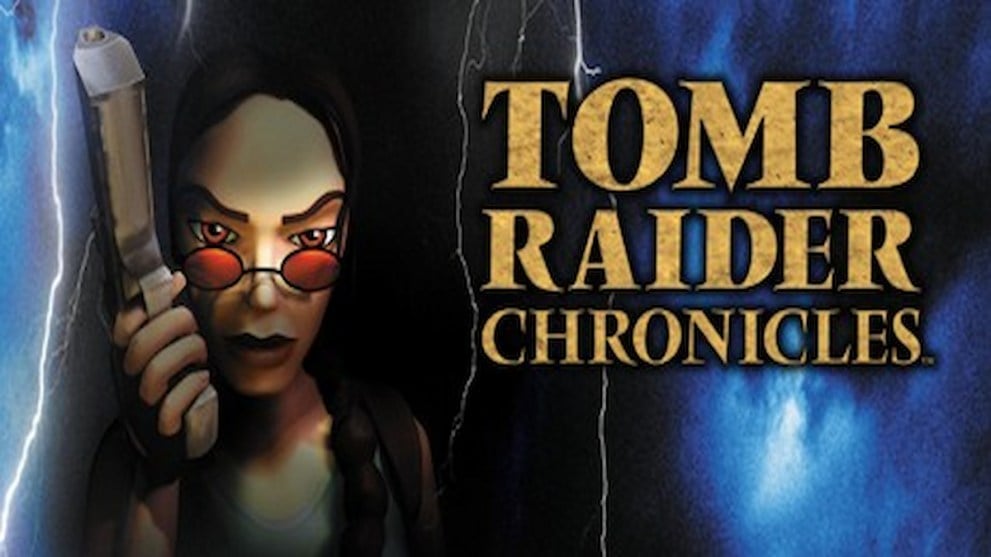
Back to mainline entries, and also released in 2000, Tomb Raider: Chronicles was one of the least well-received titles in the series. With Lara presumed dead after the events of Tomb Raider: The Last Revelation, Chronicles tells four short stories of Lara’s past adventures. The first story shows her hunt for the famed Philosopher’s Stone; the second features the Spear of Destiny (the weapon that was supposedly used to stab Jesus during his crucifixion); the third sees Lara fighting to survive on a haunted island, and the fourth is about her falling out with her mentor Werner Von Croy.
Tomb Raider: Curse of the Sword (2001)
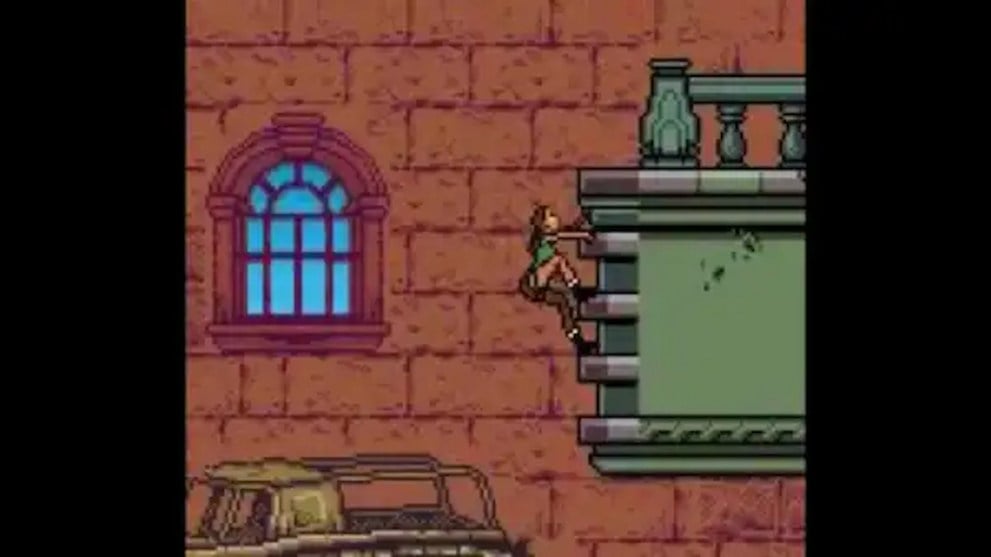
The second Gameboy Color title, Tomb Raider: Curse of the Sword, is a sequel to the Gameboy Color game Tomb Raider. Developed by Core Design and published by Activision this time, Curse of the Sword had Lara chasing down a cult that wanted to use her body to resurrect a witch.
Tomb Raider: The Prophecy (2002)
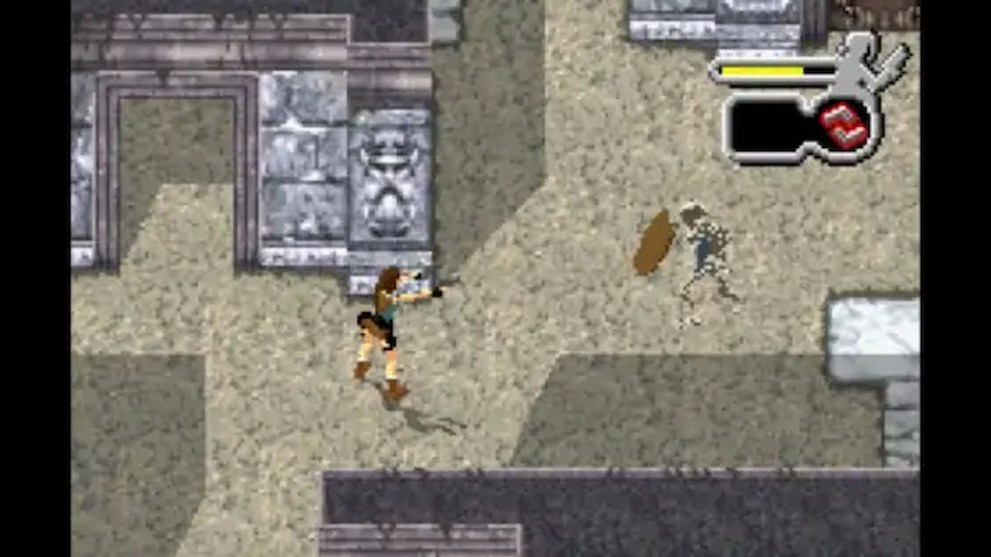
Releasing in 2002, Tomb Raider: The Prophecy was the third and final Gameboy Color game starring Lara Croft. It was the first game in the series not to be developed by Core Design. Instead, Ubisoft handled both development and publication. This game sees Lara come up against, you guessed it, a cult. Only this time, they’re after three magical stones, and the story is based on a prophecy written in the Book of Ezekial.
Tomb Raider: The Angel of Darkness (2003)
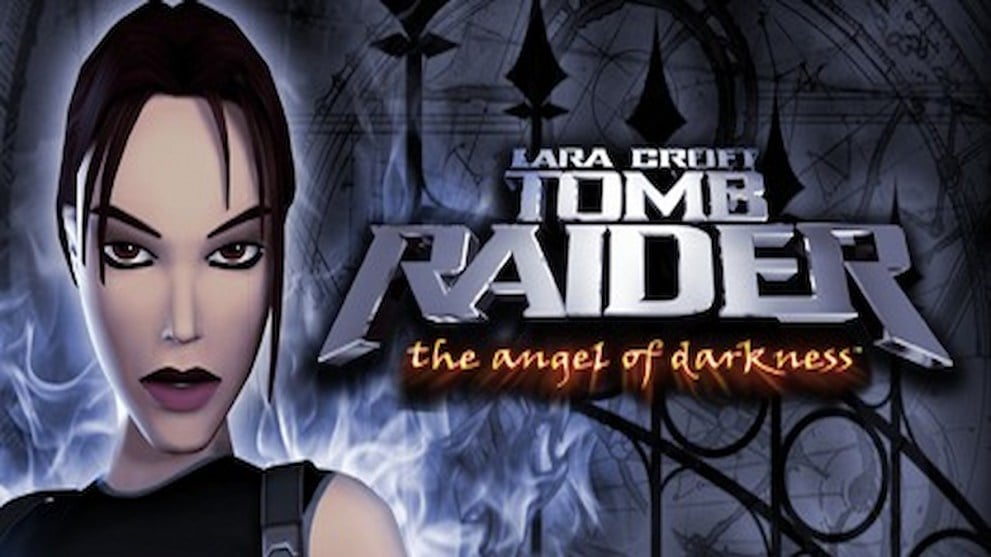
After three years away, Lara returned to home consoles and PCs with 2003’s Tomb Raider: The Angel of Darkness, which was also her debut on the PlayStation 2. Intended to kick start a new trilogy of games, The Angel of Darkness continued the continuity of Lara’s past installments. However, these plans were scrapped due to a difficult development and poor reception upon release. The Angel of Darkness ended up being Core Design’s final Tomb Raider game, with the studio being acquired by Rebellion (best known for the Sniper Elite series) in 2006. Renamed Rebellion South, the studio would work on the embarrassingly bad Rogue Warrior and Alien vs Predator tie-in game before closing down in 2010. The plot of Tomb Raider: The Angel of Darkness features Lara being framed for murder and on the run in Paris as she searches for paintings related to an alchemical artifact.
Tomb Raider: Legend (2006)
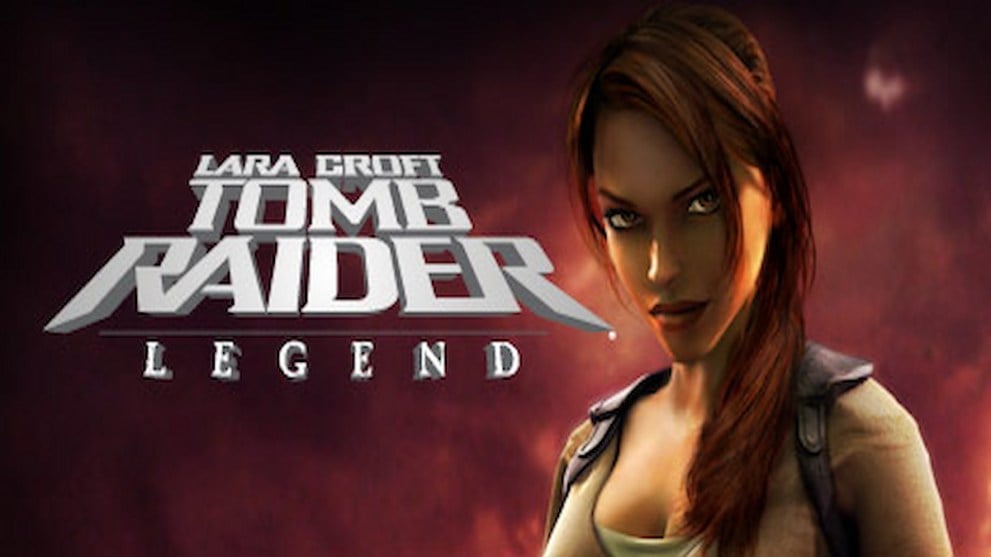
Tomb Raider: Legend rebooted the franchise with Crystal Dynamics (then known for the Gex and Legacy of Kain franchises) taking on development duties. The game was released on PC, PS2, Gamecube, Gameboy Advance, and Nintendo DS, with Buzz Monkey Software (now Zynga Eugene) working on the PSP release. It was also the franchise’s first appearance on Xbox, appearing on the original system and the Xbox 360. With a new look and backstory, Legend saw Lara searching for the legendary sword Excalibur, believing that it may be linked to her mother’s disappearance.
Tomb Raider: Anniversary (2007)
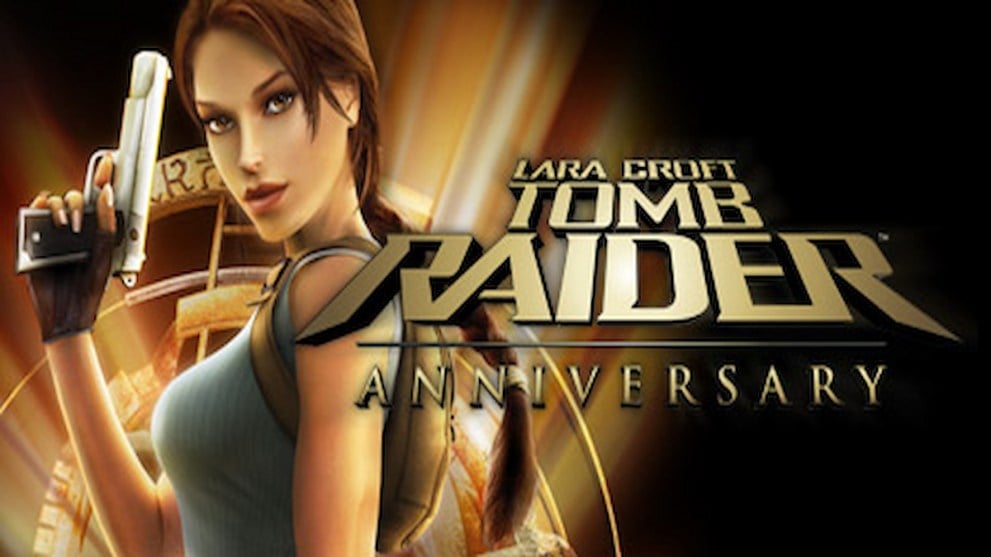
2007’s Tomb Raider: Anniversary is a remake of the original 1996 classic while also retrofitting the events of that game into Crystal Dynamic’s new canon. Tomb Raider: Anniversary was released on the PC, PS2, Xbox 360, PSP, and Nintendo Wii, with Buzz Monkey again working on the PSP release. Crystal Dynamics brought back Lara’s creator Toby Gard to expand upon the story and characterization of Lara.
Tomb Raider: Underworld (2008)
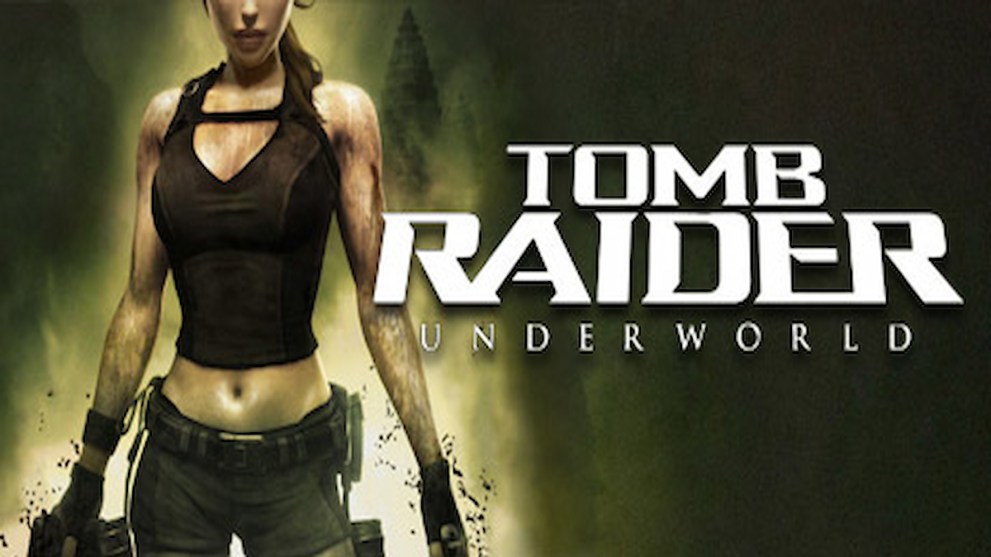
Crystal Dynamics concluded its trilogy in 2008 with Tomb Raider: Underworld on the PC, Xbox 360, PlayStation 3, and Nintendo DS. This time, Buzz Monkey developed the Nintendo Wii version of the game. Underworld was the final game in the franchise to be published by Eidos Interactive, with the English publisher merging with Square Enix in 2009. Despite good reviews, Lara’s quest for Mjolnir and the entrance to Helheim sold below expectations. This led to the mainline series going on a hiatus.
Lara Croft and the Guardian of Light (2010)
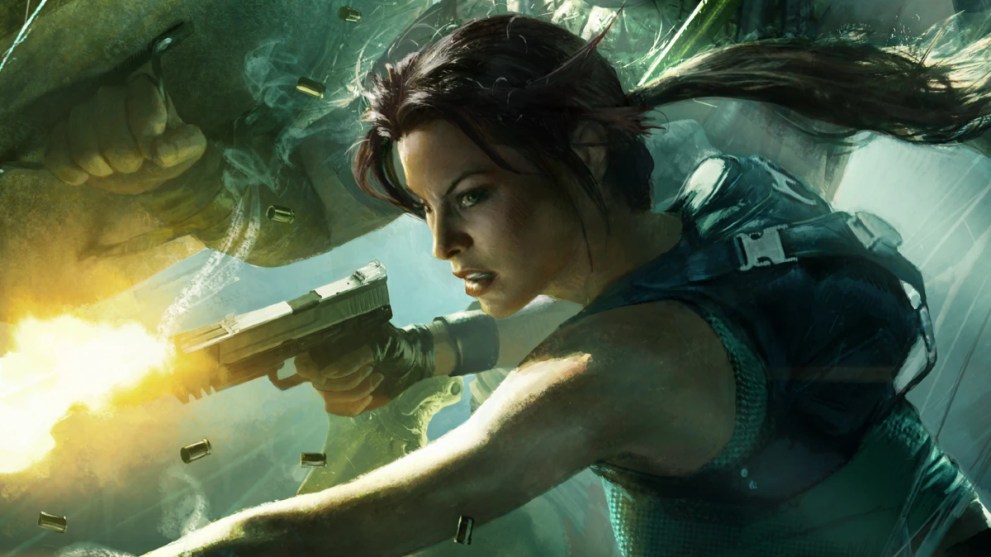
Lara Croft and the Guardian of Light was a 2010 spin-off that debuted on the Xbox Live Arcade and subsequently released on PC and the PlayStation Network. Guardian of Light was quite a big departure from the franchise’s routes, focussing on co-op gameplay with an isometric, fixed camera angle and arcade-inspired gameplay. The game was developed by Crystal Dynamics and published by Square Enix. It sees Lara teaming up with a 2000-year-old Mayan warrior voiced by Winnie-the-Pooh himself, Jim Cummings.
Tomb Raider (2013)
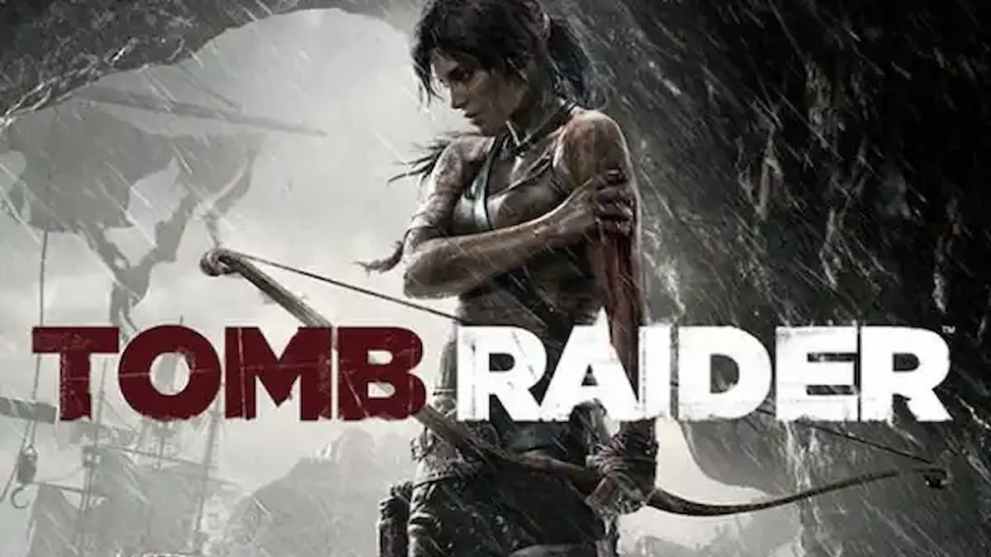
Square Enix and Crystal Dynamics rebooted the Tomb Raider franchise and revitalized Lara Croft for a modern audience with 2013’s Tomb Raider. It released on PC, PS3, PS4, Xbox 360, and Xbox One. In Lara’s absence, Uncharted and Nathan Drake had taken her spot as gaming’s primary action archeologist. Tomb Raider 2013 borrowed some elements from the PlayStation franchise, and Lara’s adventures became more action-packed and cinematic than ever. This game kicked off a new, very successful trilogy and was a big inspiration for the 2018 film adaptation starring Alicia Vikander.
Lara Croft and the Temple of Osiris (2014)
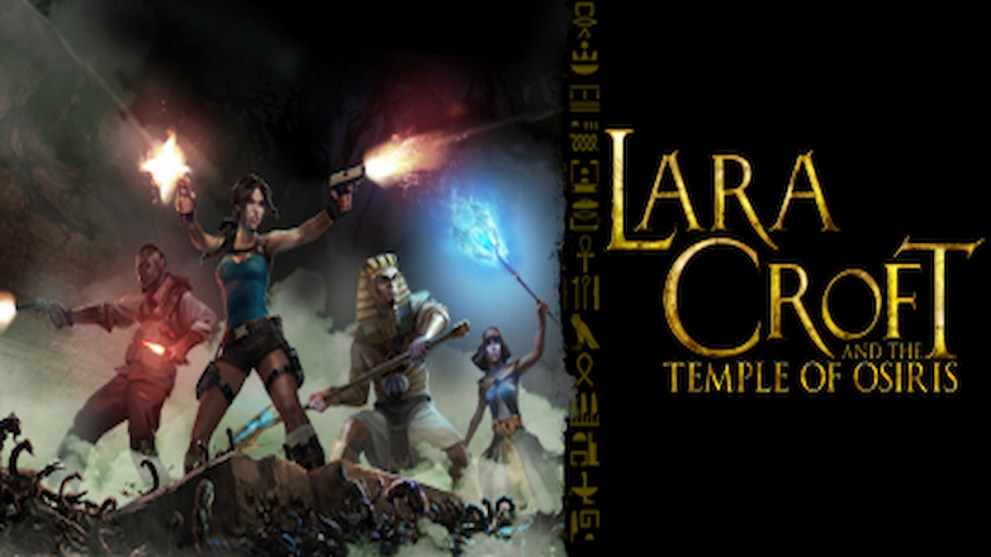
Lara Croft and The Temple of Osiris is not part of Square Enix’s reboot trilogy. Instead, it is a sequel to 2010’s spin-off Lara Croft and the Guardian of Light. It is another multiplayer arcade-style game with an isometric camera and was released on PS4, PC, Xbox One, Google Stadia (RIP), and Nintendo Switch. In it, Lara teamed up with rival treasure hunter Carter Bell and Egyptian deities Isis and Horus.
Lara Croft: Relic Run (2015)
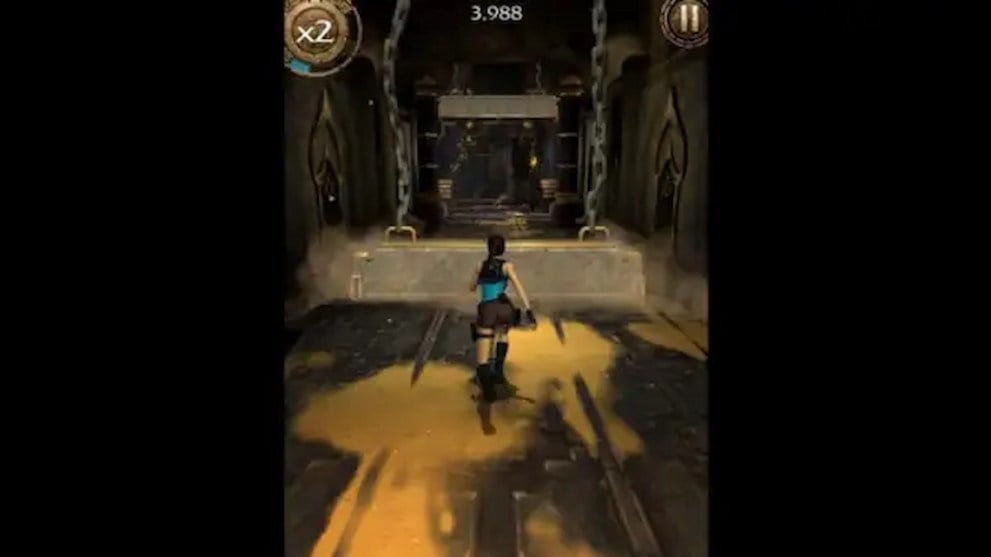
Lara Croft: Relic Run is a free-to-play Temple Run clone developed by Simutronics for mobile devices. As a semi-sequel to Lara Croft and the Temple of Osiris, it sees Lara searching for fellow archaeologist Carter Bell.
Lara Croft Go (2015)
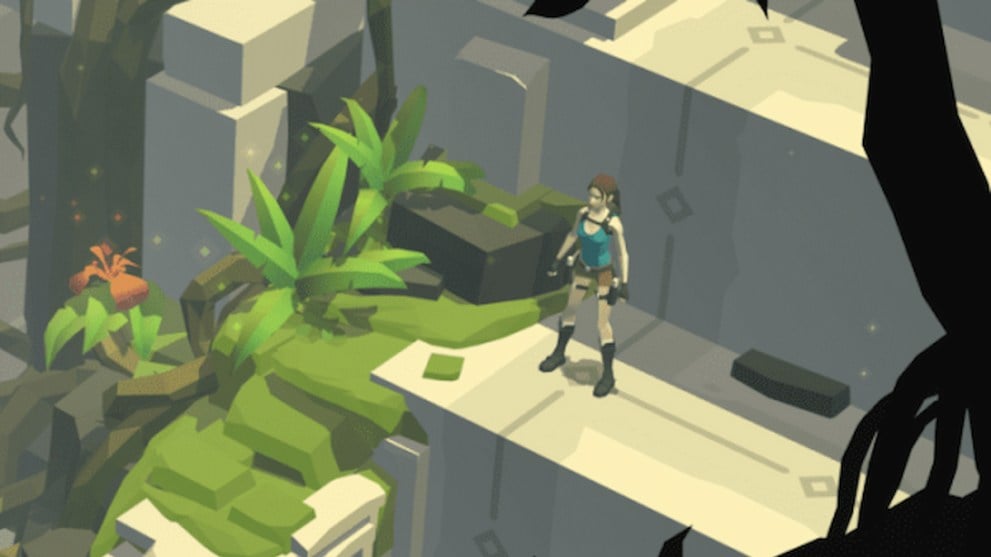
No, this mobile game doesn’t task players with capturing wild Lara Crofts. Rather, it is a turn-based puzzle game in which players must guide Lara across a board full of obstacles and enemies. Square Enix Montreal developed it as a spiritual successor to its game, Hitman Go. The title was later released on PS4, PlayStation Vita, MAC, and Linux.
Rise of the Tomb Raider (2015)
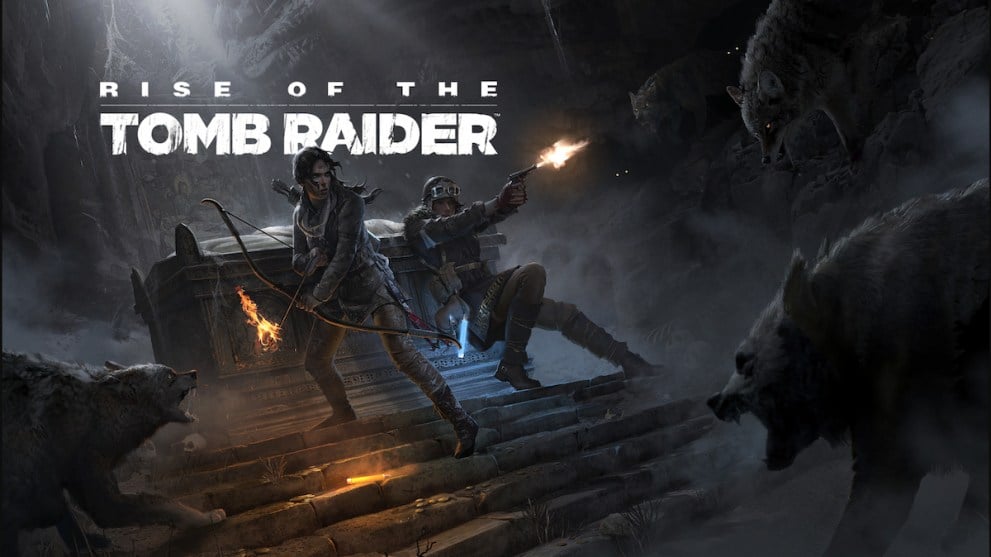
Rise of the Tomb Raider was the second game in Square Enix’s so-called ‘Survivor’ trilogy, continuing Lara’s adventures. This time, she is in Siberia looking for the lost city of Kitzeh. The game expanded on its predecessor’s levels, featuring semi-open areas that Lara could explore for secrets, crafting materials, and side quests.
Shadow of the Tomb Raider (2018)
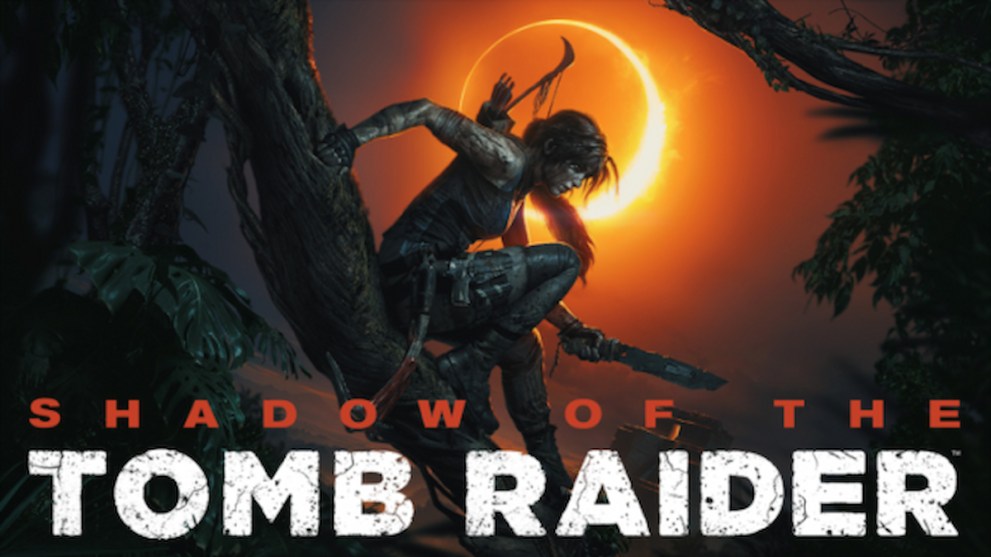
2018’s Shadow of the Tomb Raider concluded the Survivor trilogy. Developed by Eidos-Montreal and not Crystal Dynamics (Eidos-Montreal had worked as a support team on the previous two titles), Shadow of the Tomb Raider has a darker tone and more apocalyptic themes. In her ongoing quest to defeat the villainous organization Trinity, Lara steals the Dagger of Chak Chel and inadvertently kick-starts the end of the world.
Tomb Raider: Reloaded (2023)
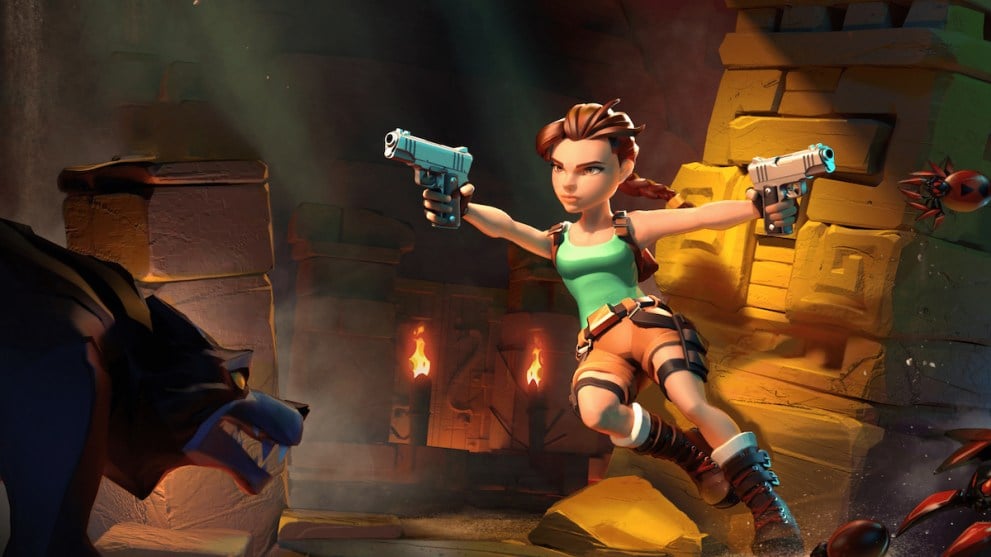
Tomb Raider: Reloaded is a mobile arcade game developed by Emerald City Games and published by CDE Entertainment for IOS, Android, and Netflix. Using Lara’s classic design, Reloaded is a top-down rogue-like shooter.
The Lara Croft Collection
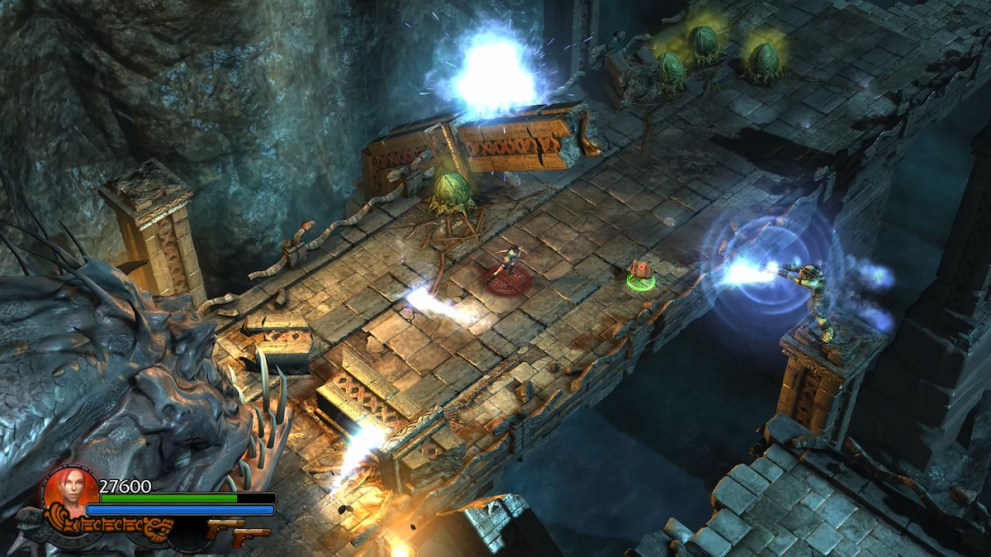
The Lara Croft Collection bundles together 2010’s Lara Croft and the Guardian of Light and 2014’s Lara Croft and the Temple of Osiris for the Nintendo Switch. Developed by Crystal Dynamics and Feral Interactive, the latter published the collection.
Tomb Raider I-III Remastered (2024?)
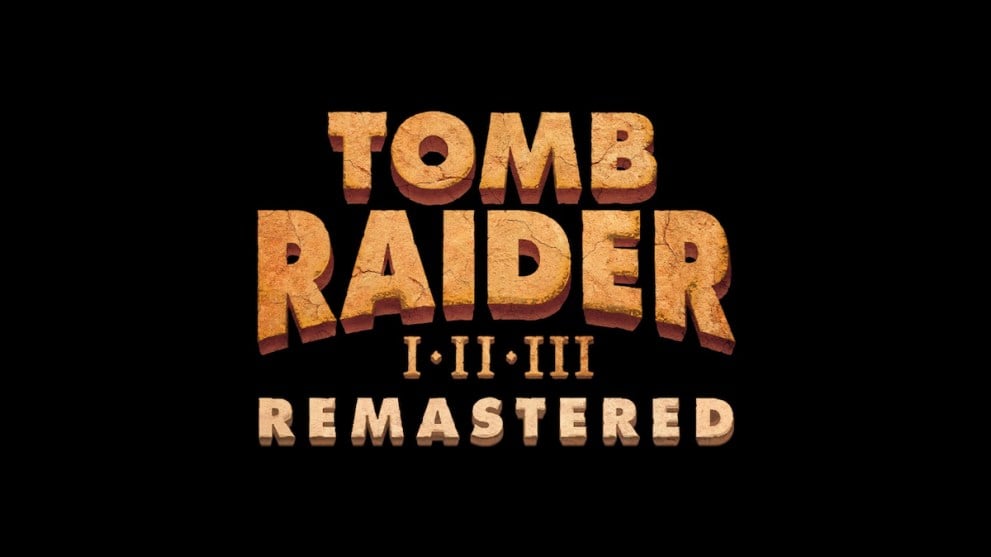
Crystal Dynamics has partnered with Texan publisher Aspyr to release Lara’s first three adventures for modern platforms. Featuring fresh graphics and performance upgrades, Tomb Raider I-III Remastered will feature the first three games in the series, as well as their respective expansions. Those being Tomb Raider and Unfinished Business, Tomb Raider II and Gold Mask, and Tomb Raider III and The Lost Artifact.
Untitled Amazon Game
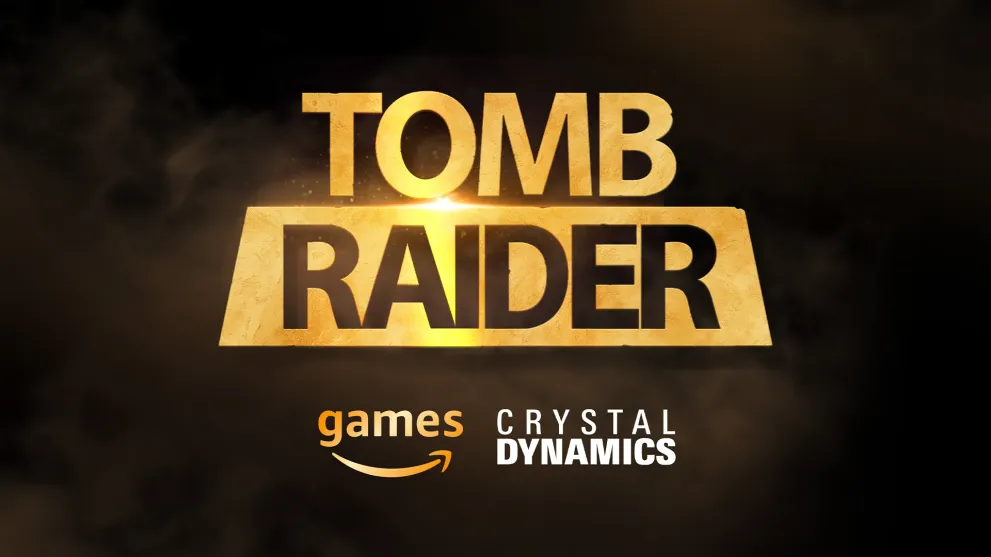
In December 2022, Twinifinite reported that Crystal Dynamics and Amazon Games had partnered to release a new multiplatform Tomb Raider game. The title “continues Lara Croft’s story” with Unreal Engine 5 allowing Crystal Dynamics to “take storytelling to the next level, in the biggest, most expansive Tomb Raider game to date.”
That’s all of the Tomb Raider games as of writing. Which was the first game in the series you played? Which is your favorite? Let us know.

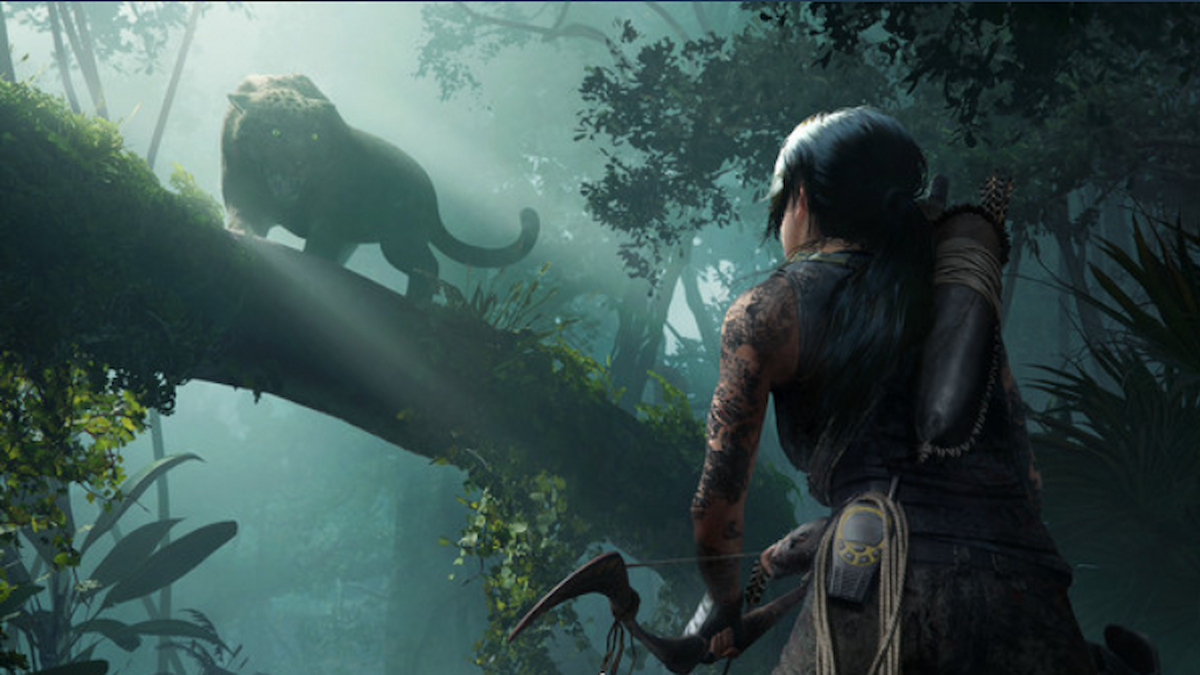











Updated: Nov 11, 2023 03:06 pm